Need help? Call us:
+91 7374000511
Digital Floating Fabric in Nature | Universal Graphics
⏰ Hurry up !
₹199.00 Original price was: ₹199.00.₹49.00Current price is: ₹49.00.
🔥 Buy More Save More!
Buy 3 items get 5% OFF
on each productBuy 5 items get 10% OFF
on each productBuy 8 items get 20% OFF
on each productHave any Questions?
Feel free to Get in touch
Introduction to Digital Floating Fabric
Digital floating fabric has emerged as a groundbreaking concept in photography, blending artistic vision with technological innovation. This technique involves the use of advanced digital editing tools and software to integrate fabric elements into photographs in a way that gives the illusion of them floating naturally within the scene. Originating from the need to add an ethereal, dynamic quality to images, digital floating fabric allows photographers to create mesmerizing visual stories that captivate the viewer’s imagination.
The origins of digital floating fabric can be traced back to the evolution of digital art itself. As digital cameras and photo editing software became more sophisticated, photographers started to experiment with adding surreal details to their work. What began as simple overlays and backgrounds has evolved into a detailed practice where fabric is manipulated to appear as though it’s interacting with natural surroundings in real-time.
The technological underpinnings of this technique are rooted in the advancements of photo editing software such as Adobe Photoshop, GIMP, and other specialized tools. These programs offer a plethora of features for manipulating textures, colors, and layers, enabling photographers to blend fabric elements seamlessly into their images. These tools have democratized the process, making it accessible to both professional photographers and passionate hobbyists.
Digital floating fabric is revolutionizing photography by providing a new avenue for creativity and visual storytelling. Natural backdrops combined with fluid, floating fabric can transform a mundane scene into something magical and otherworldly. The ability to add such elements without the need for physical props or elaborate setups has redefined the boundaries of what’s possible in photography.
Furthermore, this technique enhances the storytelling capability of photographs. Every fold and flutter of the fabric can be meticulously crafted to convey emotion, movement, and depth. Photographers can create images that are not only visually striking but also rich in narrative substance, contributing to a more engaging and immersive viewer experience.
Techniques for Capturing Fabric in Natural Environments
Capturing floating fabric in natural environments demands a blend of creativity, technical expertise, and an understanding of how various elements interact. Photographs that depict fabric seemingly defying gravity can evoke a sense of wonder and movement, making them highly appealing. To achieve these stunning visual effects, several key techniques and considerations are paramount.
First and foremost, selecting the right fabric is crucial. Opt for lightweight materials such as chiffon, silk, or organza, which are more likely to drift naturally with the wind and create a graceful, floating appearance. The choice of color should be strategically made to either contrast or harmonize with the natural backdrop. For instance, a rich, green fabric might blend seamlessly into a forest setting, while a vivid red could starkly contrast against a grassy field, drawing the viewer’s focus.
Lighting plays an instrumental role in capturing floating fabric. Natural lighting, particularly the golden hour just after sunrise or before sunset, can accentuate the texture and depth of the fabric, casting appealing shadows and highlights. It is advisable to position the fabric so that light permeates through it, providing a backlit glow that enhances its ethereal quality.
Wind, whether natural or artificially generated, is a vital component in achieving the desired floating effect. On calm days when natural wind is scant, portable fans can be employed to introduce a gentle breeze, ensuring the fabric remains in motion. Physical manipulation, by using lightweight strings or assistants to toss the fabric at the precise moment a photograph is taken, can also create an equally dynamic result.
Practical tips for setting up such a shoot include choosing a vantage point with an unobstructed view and ensuring the background complements the fabric without overwhelming the scene. Adjusting camera settings is essential; a fast shutter speed can freeze the motion of the fabric in mid-air, while a lower ISO setting will help maintain image quality.
Ultimately, the interaction between the fabric and its natural surroundings is what creates the magic. By thoughtfully selecting fabric, considering light and wind, and fine-tuning camera settings, photographers can achieve breathtaking images that capture the elegance and dynamism of floating fabric in nature.
“`html
Post-processing is an essential phase in the journey of integrating digital floating fabric seamlessly into natural photography. Leveraging software like Adobe Photoshop or Lightroom can tremendously enhance the visual appeal of your images. Mastery over these tools, however, requires an understanding of specific techniques that can elevate the overall composition.
One foundational approach is the use of layering. Layers allow artists to compartmentalize different elements of the image, making it easier to edit specific parts without affecting others. By isolating the digital floating fabric on its own layer, you can manipulate it independently to achieve the desired floating effect. This method grants flexibility, facilitating tweaks and adjustments that can refine the composition further.
Masking is another powerful technique that proves invaluable in the post-processing workflow. Creating masks for your digital fabric can help in blending it smoothly with the natural environment. Masks allow for non-destructive edits, meaning adjustments can be made continuously without permanently altering the original image. This capability is critical for fine-tuning the edges of the fabric, ensuring they interact organically with their surroundings.
Adjusting hues and contrasts is the next step in cementing the magic of the digital floating fabric effect. Modifying the color tones and contrasts of the fabric can significantly impact its realism. Tools within Photoshop and Lightroom enable precise control over these parameters, ensuring the fabric complements the surrounding natural hues. This step is crucial for achieving a harmonious look that doesn’t appear out of place.
While these techniques can create stunning outcomes, it’s vital to be aware of common pitfalls. Over-editing can render the image artificial, stripping away the natural magic you aim to preserve. Subtlety is the key—keep an eye on saturation levels, avoid harsh edges, and ensure the fabric’s motion appears fluid and effortless. These considerations can help maintain a balance, preserving the ethereal quality that digital floating fabric brings to natural photography.
“`
Inspiration and Creative Applications
Digital floating fabric has revolutionized the world of natural photography, offering artists a new and imaginative tool to enhance their work. This innovative technique has found its way into various photographic genres, each showcasing its unique flair and potential. Photographers drawn to fashion can greatly benefit from incorporating floating fabric into their shoots. By draping digital fabrics around models, they can create mesmerizing effects that add movement and drama to otherwise static images. This approach not only elevates the aesthetic quality but also captures the viewer’s eye with its fluidity and elegance.
Surreal landscapes are another compelling application of digital floating fabric. By blending these ethereal materials with nature, photographers can craft otherworldly scenes that defy reality. Imagine a desolate desert with flowing silken trails cascading from the sky or a serene forest embellished with floating veils that dance with the wind. These striking compositions transport viewers to a dreamlike realm, sparking the imagination and evoking profound emotional responses.
Artistic portraiture, too, benefits immensely from the integration of floating fabric. This technique allows the photographer to experiment with dynamic poses and compositions, using the fabric as an extension of the subject’s form. The interplay between fabric and subject can convey powerful narratives and emotions, providing deeper insight into the persona being captured. Whether it’s a sense of freedom, mystery, or vulnerability, digital floating fabric offers endless storytelling possibilities.
Examples abound of photographers who have successfully integrated this technique into their portfolios. One such artist, Anya Anti, has made waves with her surreal, dreamlike portraits where floating fabrics often play a central role. Her images are characterized by their whimsical and fantastical nature, where the lines between reality and imagination blur seamlessly. Similarly, fine art photographer Brooke Shaden uses floating fabrics to explore themes of escapism and personal transformation, creating hauntingly beautiful works that resonate deeply with her audience.
By showcasing these creative applications and inspiring case studies, photographers are encouraged to push the boundaries of their own artistry. The limitless potential of combining floating fabric with natural elements offers an open invitation to innovate and explore. Embracing this technique can lead to unexpected discoveries, breathing new life into conventional photography.
PRODUCT DETAILS:
- Templates Type: 18×24 JPG Background
- Resolution: Very High Quality
- File Format: JPG
- Use In: Background (Photographer)
WHAT YOU’LL GET:
- 50+ JPG
- 1 ZIP FILE
- 530 MB FILE SIZE
- 18×24 JPG 300 PIX
Related products
Photoshop Download | Photoshop Free Download | Universal Graphics
🔥 6 items sold in last 3 hours
Studio Background For Photoshop | 4K Background | Vol 01 | Universal Graphics
🔥 3 items sold in last 3 hours
Realistic Flower Background | 12×36 Background | Universal Graphics
🔥 5 items sold in last 3 hours
Pre Wedding Instagram Post Design | Vol 04 | Universal Graphics
🔥 9 items sold in last 3 hours
4K Wallpapers for PC | Vol 02 | Universal Graphics
🔥 3 items sold in last 3 hours

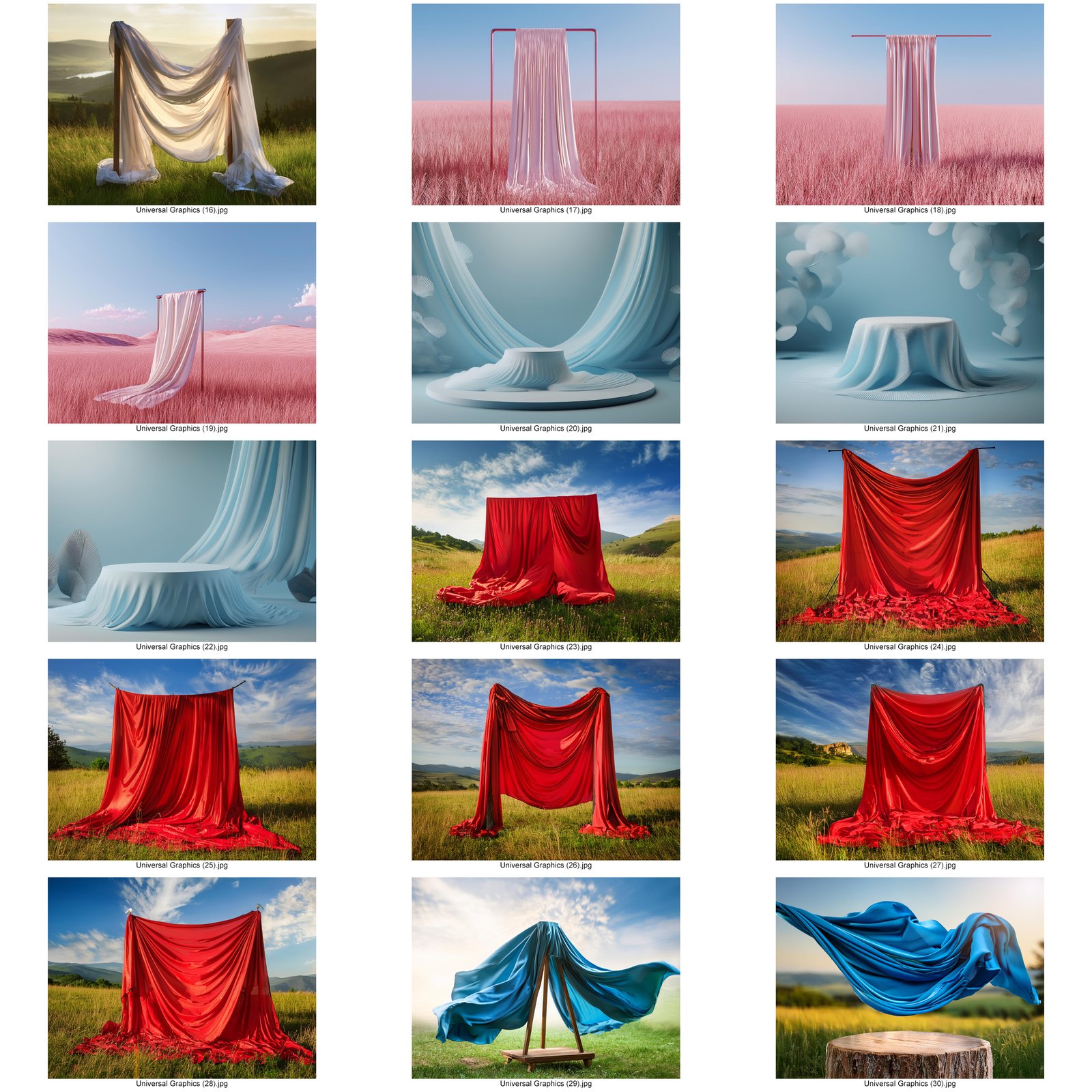
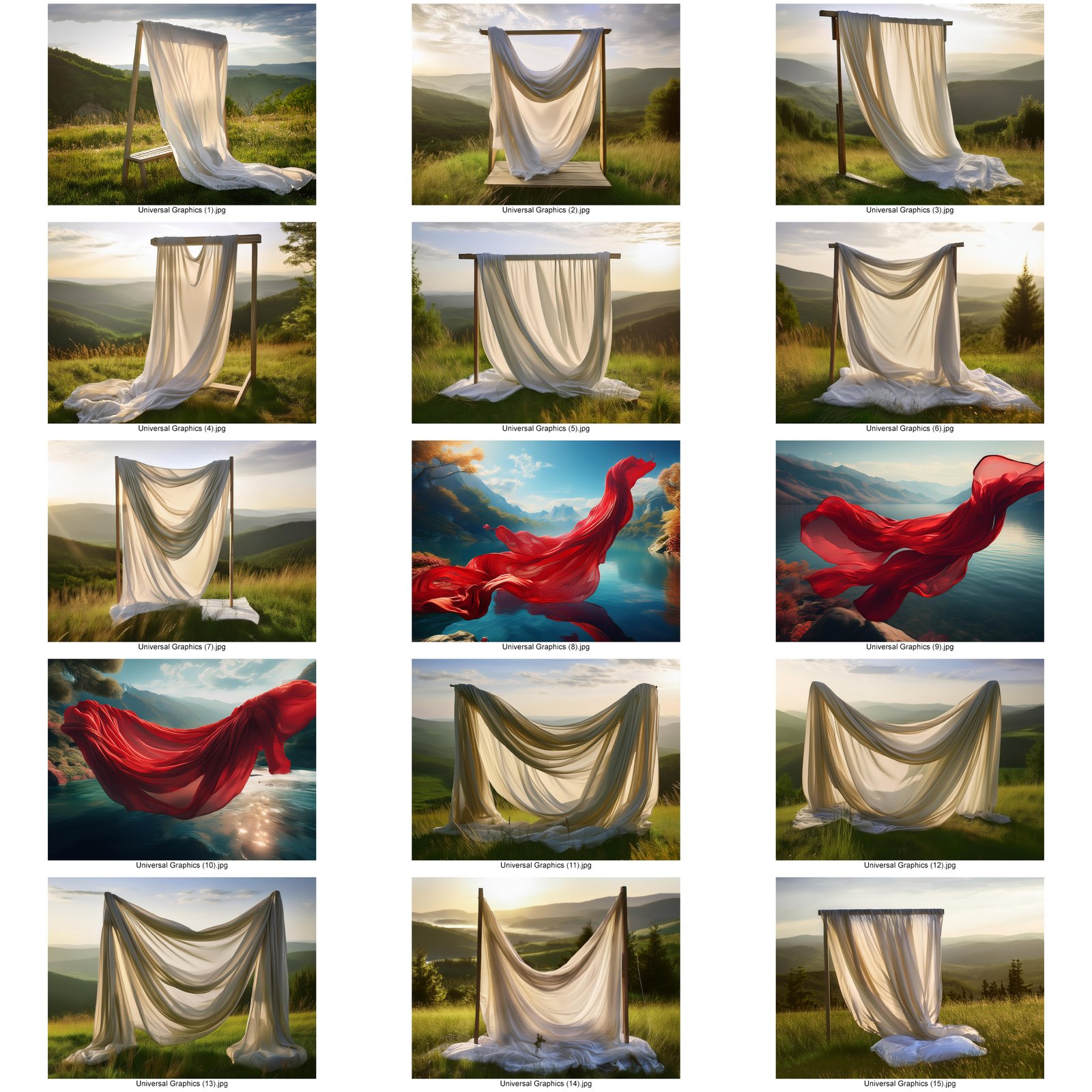

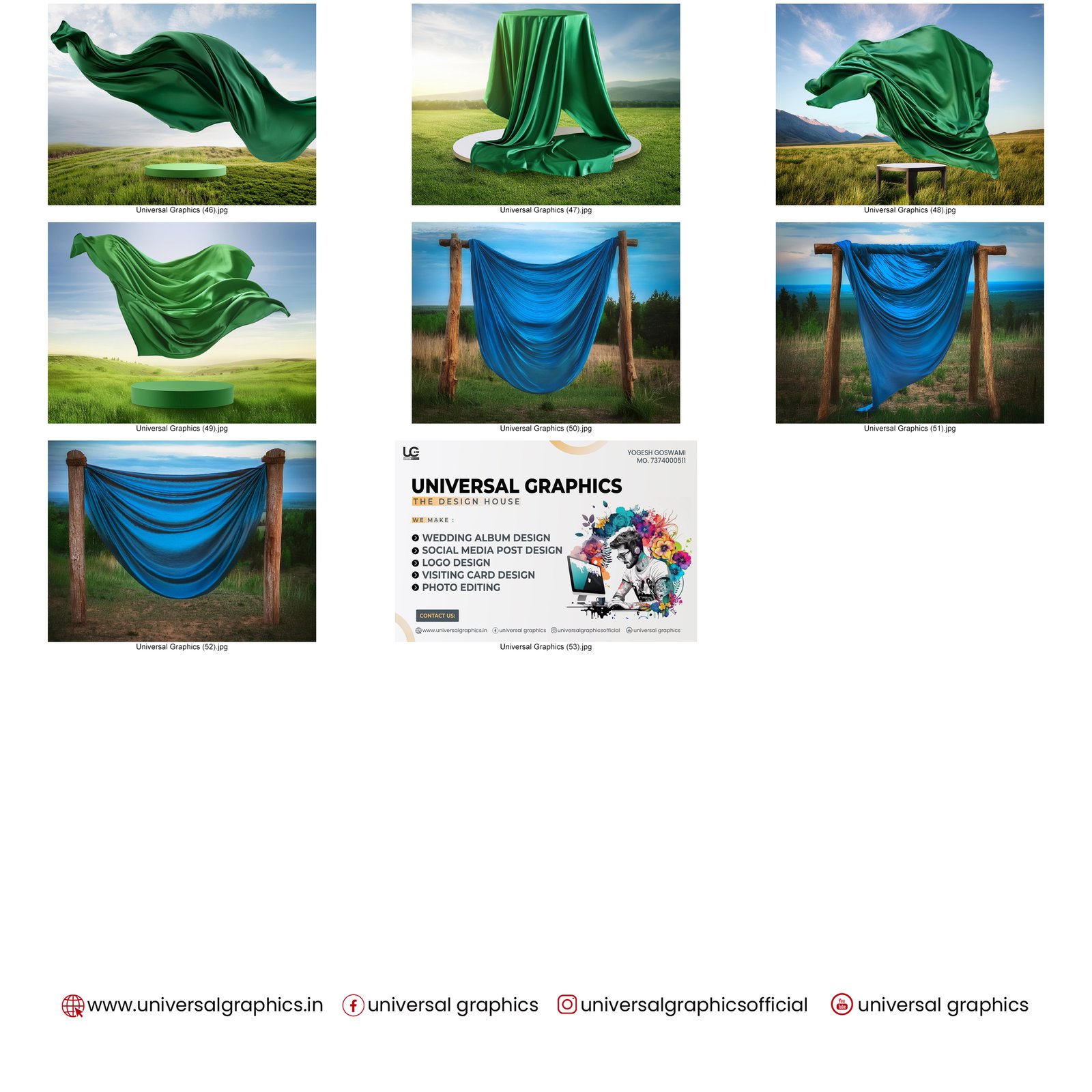
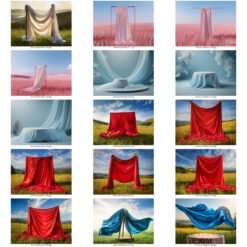
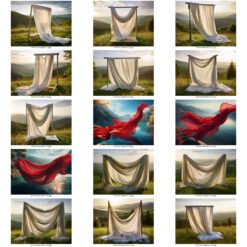
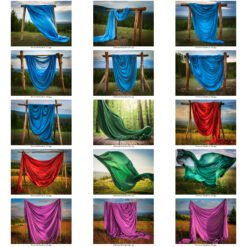
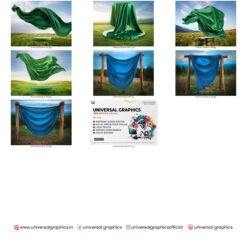
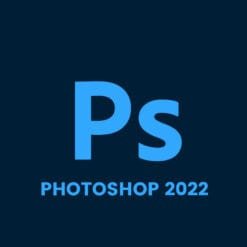

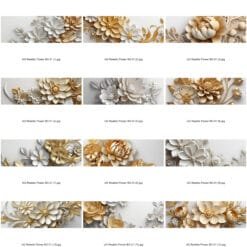

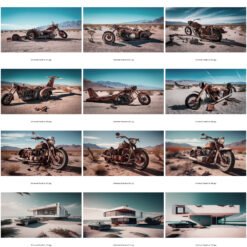

Reviews
There are no reviews yet.